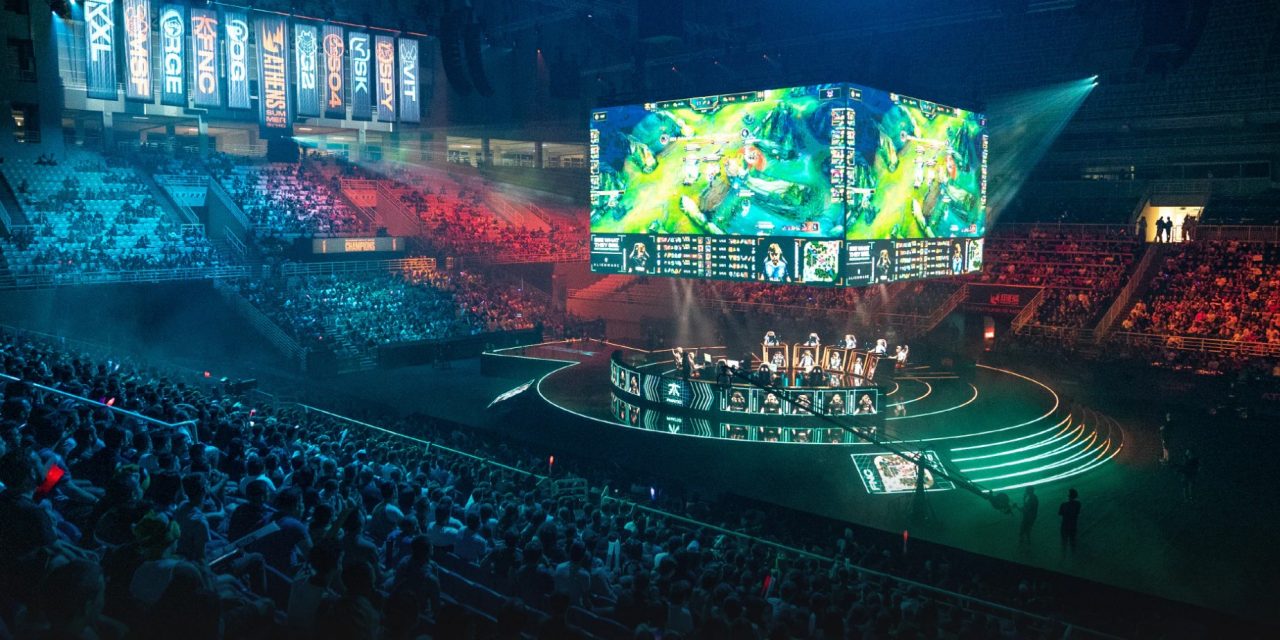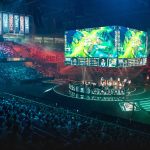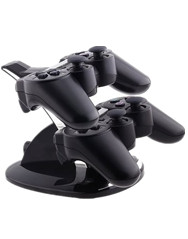We’ve all been there. You’re watching your favorite pro team in a high-stakes match. They’re in the draft phase of a LoL or Dota 2 game, and they make a pick that seems… weird. It’s off-meta. It seems to fly in the face of everything the casters are saying. The Twitch chat explodes with question marks.
And then, 30 minutes later, it all makes sense. That one “weird” pick was the perfect counter to the enemy’s entire strategy. It was a genius move that won them the game.
Was it just a gut feeling from the team captain? A moment of inspiration?
Probably not. More likely, it was the result of hours of work by a team of data analysts who had crunched terabytes of data, run thousands of simulations, and identified a statistical weakness in the opponent’s playstyle that no one else had seen.
Welcome to the Moneyball era of esports. The days of five friends in a basement getting by on raw talent are over. Top-tier esports organizations now operate like professional sports franchises, and their secret weapon is data.
The Rise of the Esports Analyst
Behind every top team like Team Liquid, Fnatic, or T1, there’s a support staff that goes far beyond just a coach. There are sports psychologists, nutritionists, and, increasingly, data analysts. These are the people who live in the replay files and spreadsheets. Their job is to turn the chaos of a game into cold, hard numbers.
They analyze everything:
- Player Tendencies: Does the enemy jungler always follow the same pathing for the first five minutes? What percentage of the time does the enemy AWPer peek from a certain angle on Dust II?
- Drafting Patterns: In MOBAs, they analyze thousands of previous games to determine the pick/ban priorities of their opponents. They build models to predict what heroes the other team is most likely to choose, allowing their own team to prepare counter-strategies in advance.
- Economic Efficiency: In games like CS2 and Valorant, they analyze how teams manage their in-game economy. When do they force-buy? When do they save? Finding inefficiencies here can give their team a massive advantage over the course of a match.
This isn’t just about watching VODs anymore. This is about applying rigorous statistical analysis and machine learning to find an edge, however small. As one esports analyst mentioned in an interview with Dot Esports, their role is to provide the players with objective data that cuts through subjective feelings or biases.
Thinking Like the House: The World of Predictive Modeling
What’s fascinating is that the tools and techniques these teams are using are remarkably similar to the ones used by another major player in the sports world: the sportsbooks.
When a sportsbook sets the odds for a match, they aren’t just guessing. They are using incredibly sophisticated predictive models that take into account all the same variables the team analysts are looking at, and more. They’re analyzing historical performance, player matchups, recent form, and even public sentiment to calculate the probability of every possible outcome.
The very same principles that help a team like Team Liquid predict an opponent’s draft in Dota 2 are used by analysts at a modern LTBET sportsbook to set the odds for that same match. Understanding this world of predictive analytics gives fans a whole new level of appreciation for the strategic depth of the game. It’s a battle of information, a chess match being played with data before the players even load into the server.
This data-driven approach is what separates the good teams from the great ones. It’s the hidden layer of strategy that plays out behind the scenes. So the next time you see a pro team make a surprising play that wins them the game, don’t just be impressed by their mechanical skill. Be impressed by the mountain of data and analysis that probably made it possible. The game is changing, and the teams that can master the numbers will be the ones lifting the trophies.










![[Rumor] Resident Evil 0 Remake Is Real and Will Include Minor Story Changes](https://vgleaks.com/wp-content/uploads/2025/11/RE-0-150x150.jpg)

![[Rumor] The Next Xbox Could Drop Multiplayer Fees and Support the Entire Xbox Catalog](https://vgleaks.com/wp-content/uploads/2025/10/new-xbox-150x150.png)
